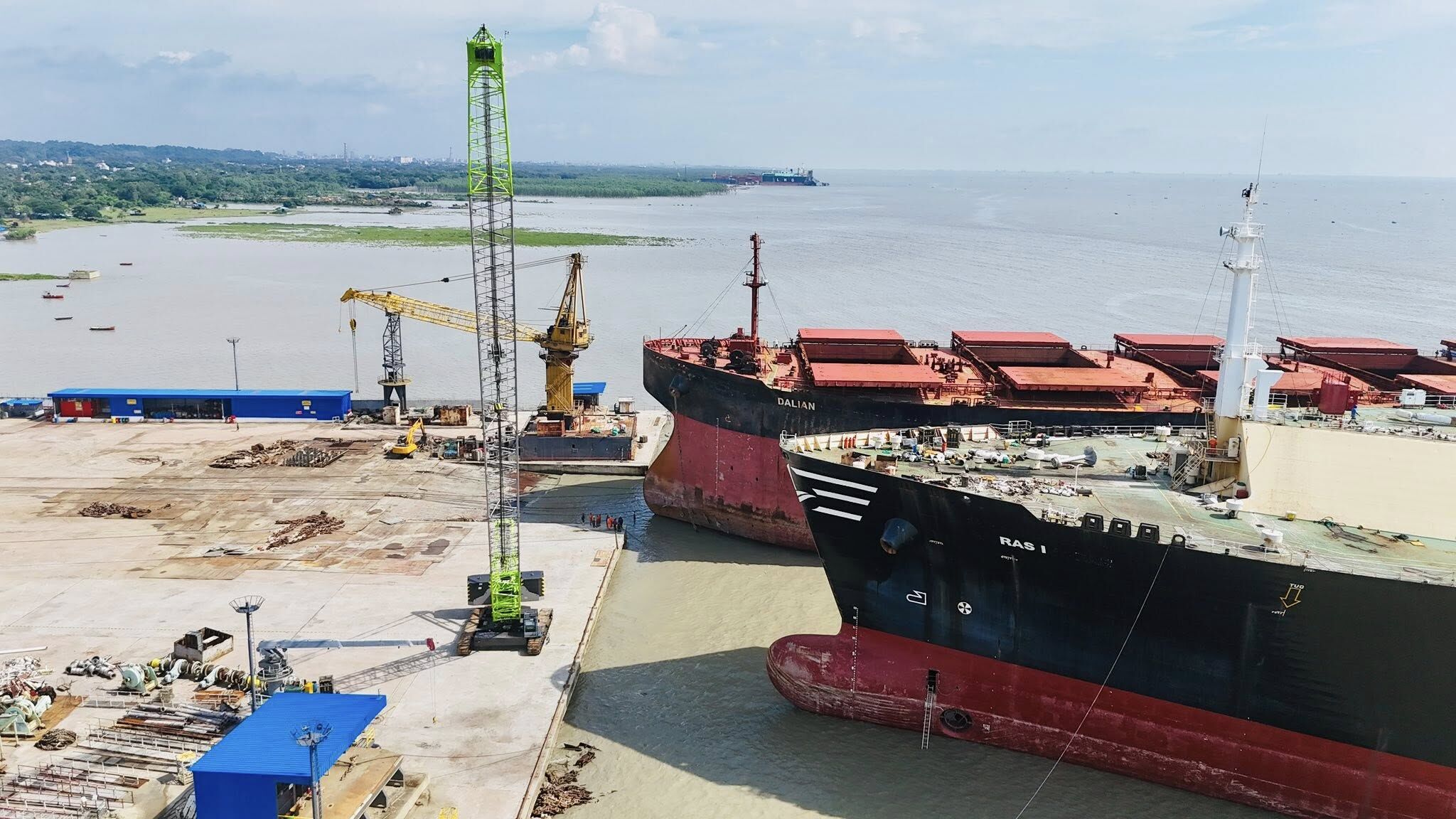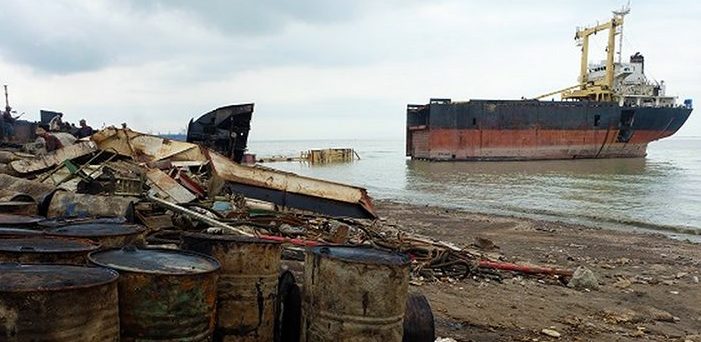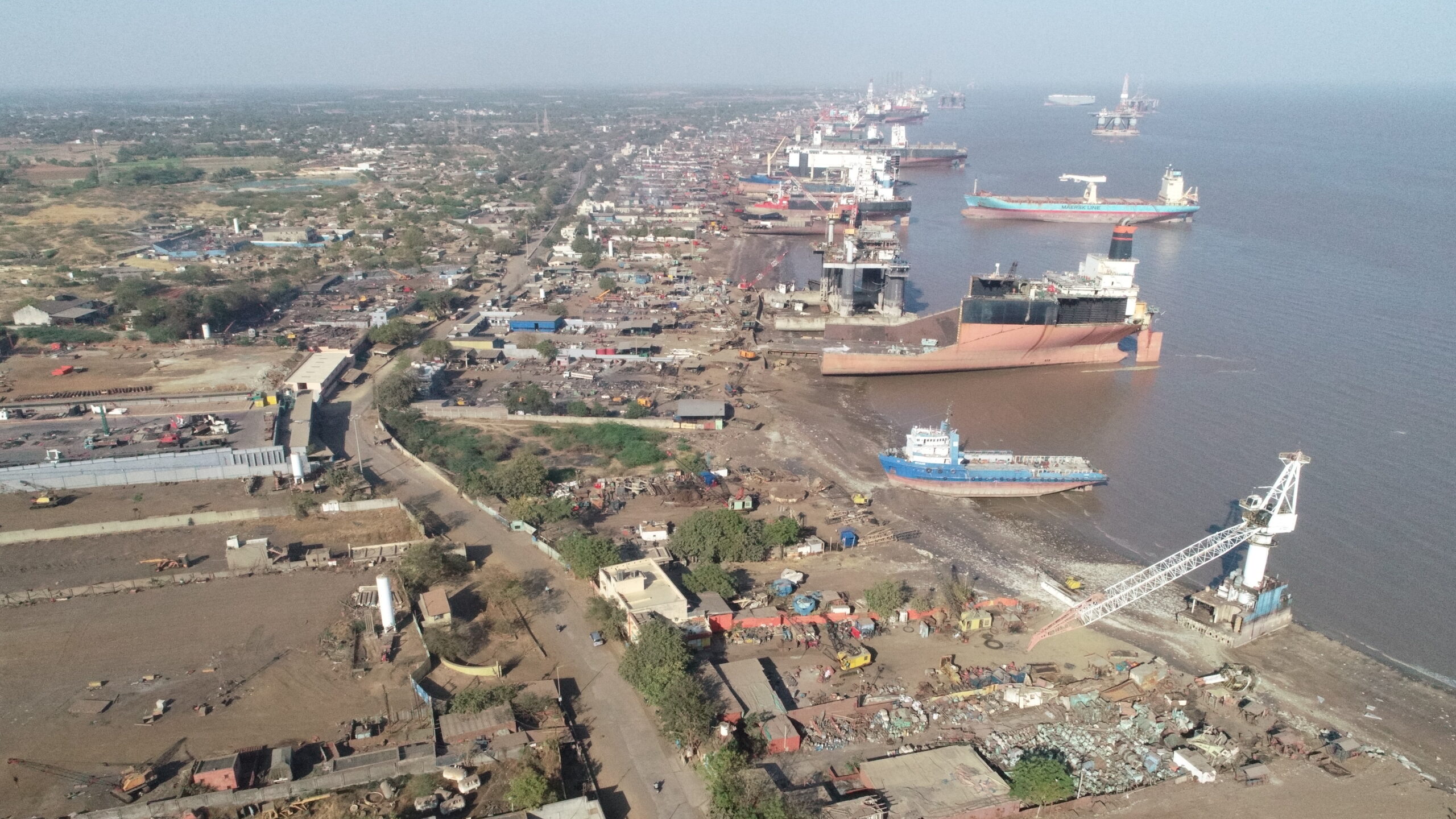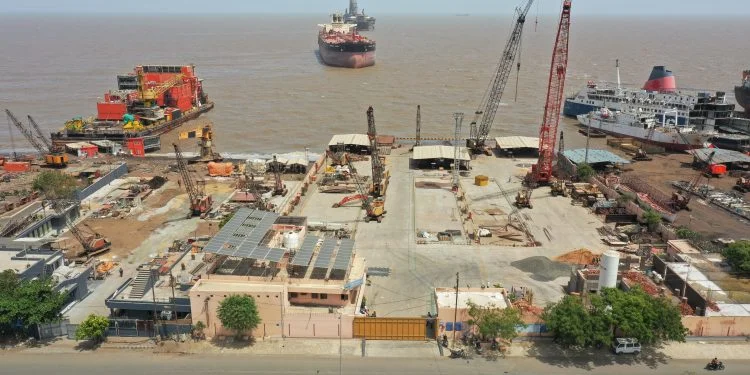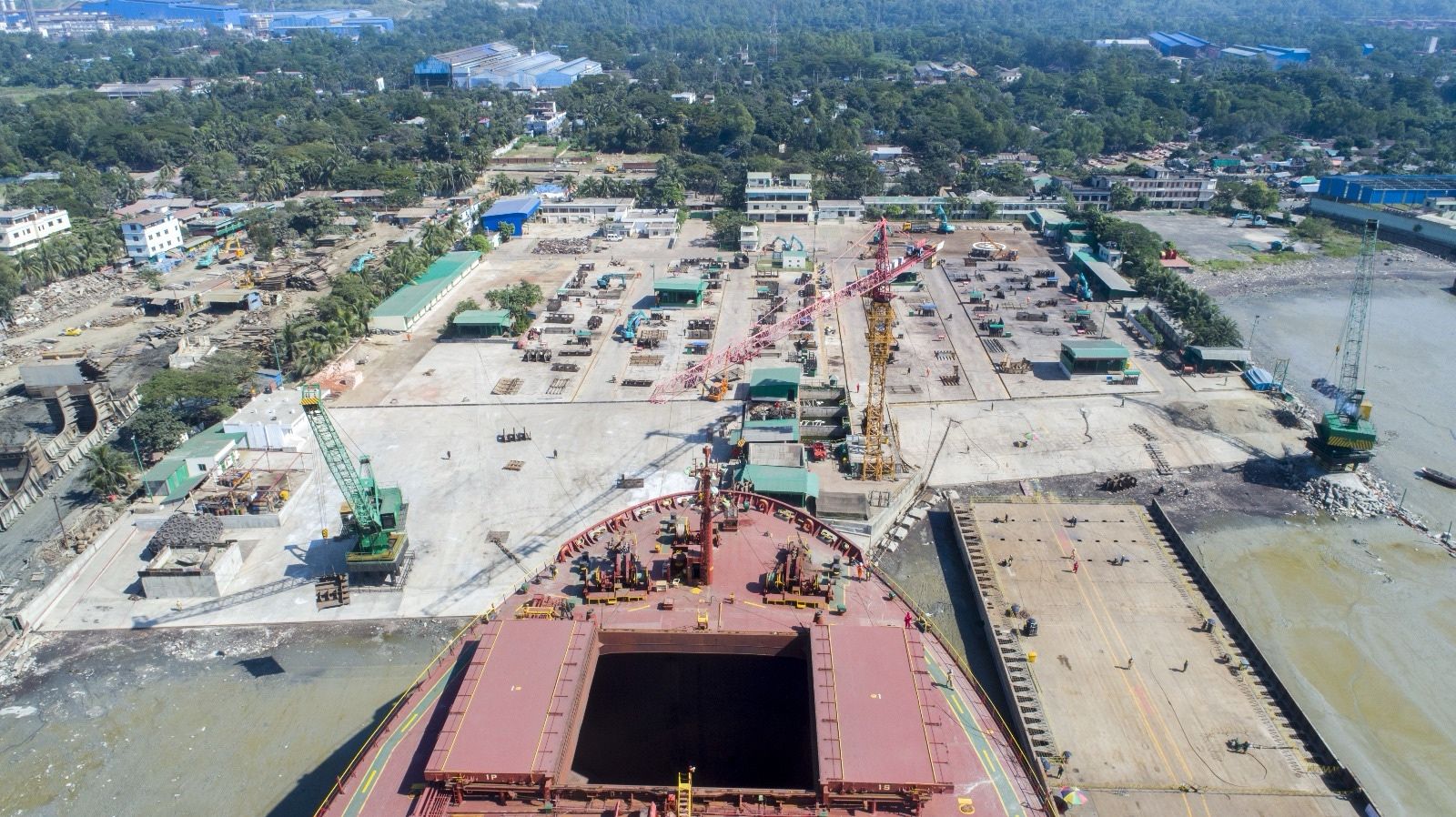Capacity of India’s Major Ports Increases by 87%: A Decade of Transformation in Maritime Infrastructure
In a significant development highlighting India’s commitment to enhancing its maritime infrastructure, Union Minister of Ports, Shipping and Waterways, Sarbananda Sonowal, announced a remarkable surge in the capacity of India’s 12 major ports. Speaking in the Lok Sabha, Sonowal detailed how the total capacity of these ports had increased by 87.01% between the fiscal years 2014-15 and 2023-24, underscoring the government’s focus on bolstering the country’s maritime capabilities.

Dramatic Capacity Expansion Across Major Ports
The Union Minister provided a detailed breakdown of the growth at individual ports, showcasing the substantial investments and strategic initiatives that have driven this expansion. Paradip Port emerged as a leader with an astounding 141.86% increase in capacity. This port, strategically located on the eastern coast of India, has been a focal point for infrastructural development, which has significantly boosted its ability to handle larger volumes of cargo.
Similarly, Tamil Nadu’s ports have seen impressive growth. The Kamarajar Port and V.O. Chidambaranar Port reported expansions of 154.05% and 150.19%, respectively. These ports are critical for the state’s industrial sectors and have been pivotal in supporting regional economic growth. The expansion projects have included the modernization of berths, dredging activities to accommodate larger vessels, and the enhancement of cargo handling capabilities.
Other ports, such as Chennai, Cochin, and New Mangalore, have also reported notable increases in their capacities. These expansions are part of a broader effort to decongest existing port facilities and improve efficiency in cargo handling, thereby enhancing India’s competitiveness in global trade.
The Syama Prasad Mookerjee Port in Kolkata, a major port on the eastern coast, has increased its capacity by 31.29%. While this is relatively modest compared to other ports, it reflects steady growth and a focus on improving port infrastructure in a challenging geographical location marked by siltation and draft limitations.
Deendayal Port in Gujarat stands out with a remarkable 121.79% increase in capacity. As one of India’s largest ports, Deendayal has been a crucial gateway for trade, particularly in the energy and industrial sectors. The capacity boost here is a testament to significant investments in port infrastructure, including the addition of new berths and the enhancement of cargo handling and storage facilities.
Addressing Challenges: Container Shortages and Operational Efficiency
During his address, Sonowal also tackled several pressing issues facing the maritime sector, notably the concerns about container shortages and the need for further capacity expansion at Indian ports. The recent global crisis in the Red Sea region, which began in late 2023, has exacerbated these challenges. The crisis, triggered by geopolitical tensions and disruptions in the Suez Canal, forced many ships to reroute via the Cape of Good Hope, resulting in longer transit times and increased operational costs. This situation led to congestion at major ports worldwide and a temporary shortage of containers, impacting exporters.
Sonowal reassured the Lok Sabha that the Indian government had taken proactive measures to mitigate these challenges. He emphasized that there was no acute shortage of containers, as shipping companies were actively repositioning empty containers to match market needs. The Ministry of Commerce & Industry, under its Service Improvement Group framework, has been working closely with shipping lines, port authorities, and export-import associations to address the situation. This includes advising the formation of safety convoys for vessels navigating through disrupted routes and improving coordination to reduce congestion at inland container depots.
To enhance the availability and turnaround time of export containers, the government is developing advanced tracking and tracing mechanisms through the Unified Logistics Interface Platform (ULIP) and the Logistics Data Bank (LDB). These digital initiatives aim to provide real-time information and improve the efficiency of the supply chain, thereby supporting the export sector.
Strategic Vision and Long-Term Planning
The recent capacity expansion at India’s major ports is part of a broader strategic vision to transform the country’s maritime infrastructure. The government has been investing in port modernization, automation, and the development of specialized terminals to handle diverse types of cargo. This includes bulk, containerized, and liquid cargo, catering to the needs of various industries such as agriculture, manufacturing, and petrochemicals.
Furthermore, the government is promoting the ownership and operation of containers by Indian entities as a long-term solution to container shortages. This initiative is aimed at reducing dependence on foreign-owned containers and ensuring a more reliable supply of these essential assets for Indian exporters.
The Ministry of Ports, Shipping and Waterways is also exploring opportunities for public-private partnerships (PPPs) to attract investment in port infrastructure. PPPs are seen as a crucial mechanism for leveraging private sector expertise and capital, thus accelerating the development of world-class port facilities in India.
The Road Ahead: Challenges and Opportunities
While the growth in port capacity is a positive development, the Indian maritime sector faces several challenges that need to be addressed to sustain this momentum. These include improving hinterland connectivity, addressing environmental concerns, and ensuring the financial viability of port projects.
Improving hinterland connectivity is crucial for the seamless movement of goods to and from ports. This involves upgrading road and rail networks, developing multimodal logistics hubs, and streamlining customs procedures to reduce delays and costs for exporters and importers.
Environmental sustainability is another critical area. Ports and shipping activities are significant contributors to carbon emissions, and there is a growing need for green initiatives to minimize their environmental impact. This includes adopting cleaner fuels, investing in renewable energy, and implementing energy-efficient technologies at port facilities.
Financial viability remains a key concern, particularly in the context of large-scale infrastructure projects. Ensuring that port projects are economically sustainable requires careful planning, cost management, and the creation of robust business models that can attract long-term investment.
The substantial increase in the capacity of India’s major ports over the past decade reflects the country’s strategic focus on enhancing its maritime infrastructure. This growth is not only a testament to the government’s commitment to supporting the trade and economic development but also highlights the critical role of ports in the broader supply chain ecosystem. As India continues to expand its global trade footprint, the development of efficient and sustainable port infrastructure will be essential in positioning the country as a key player in the global maritime landscape. The challenges ahead are significant, but with continued investment, strategic planning, and collaboration between the public and private sectors, India’s ports are well on their way to becoming hubs of excellence in the maritime world.
Author: shipping inbox
shipping and maritime related web portal




